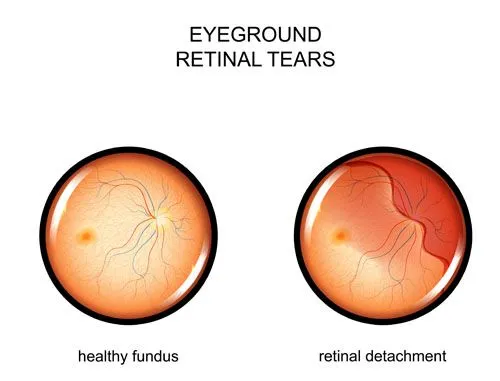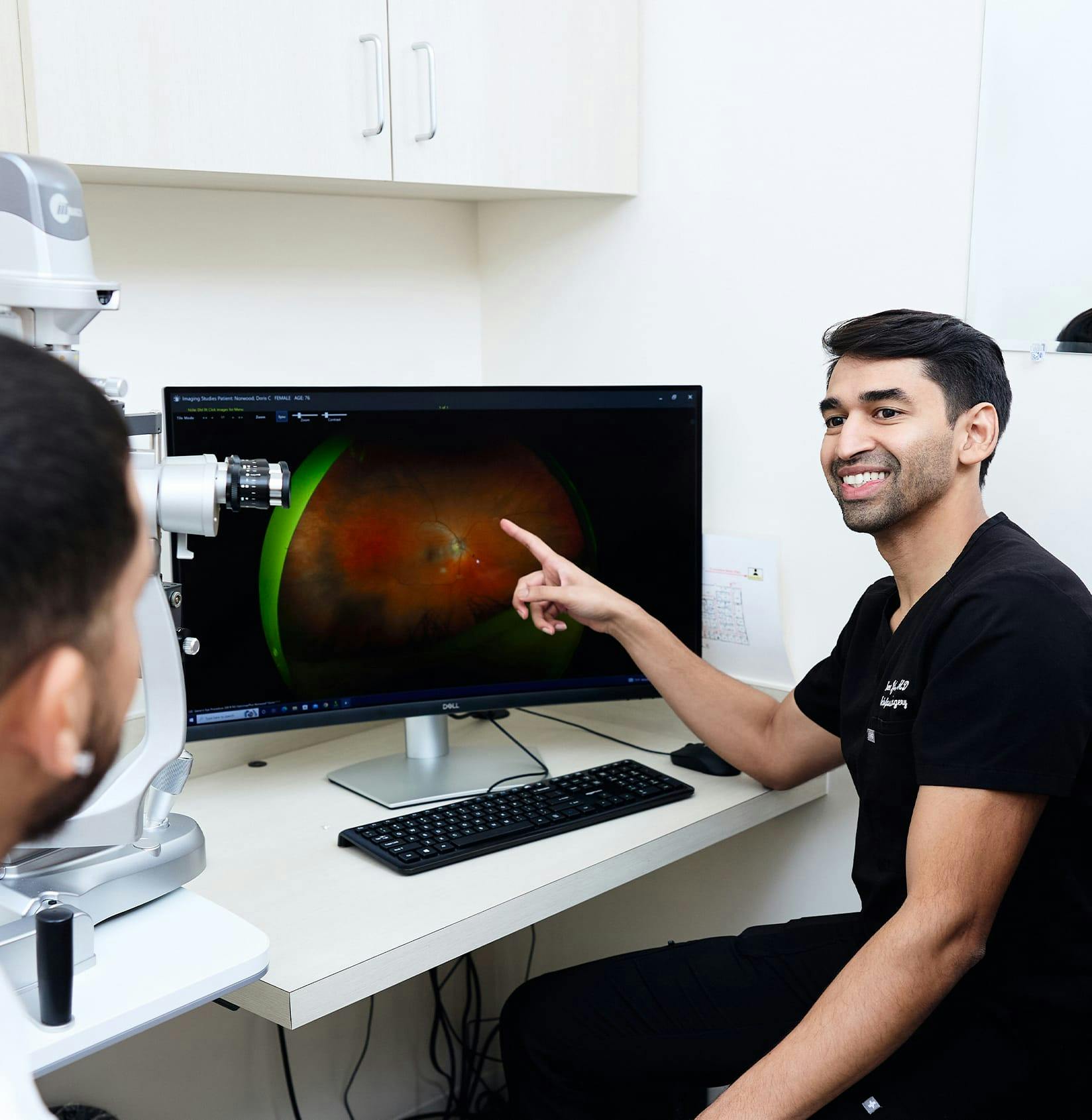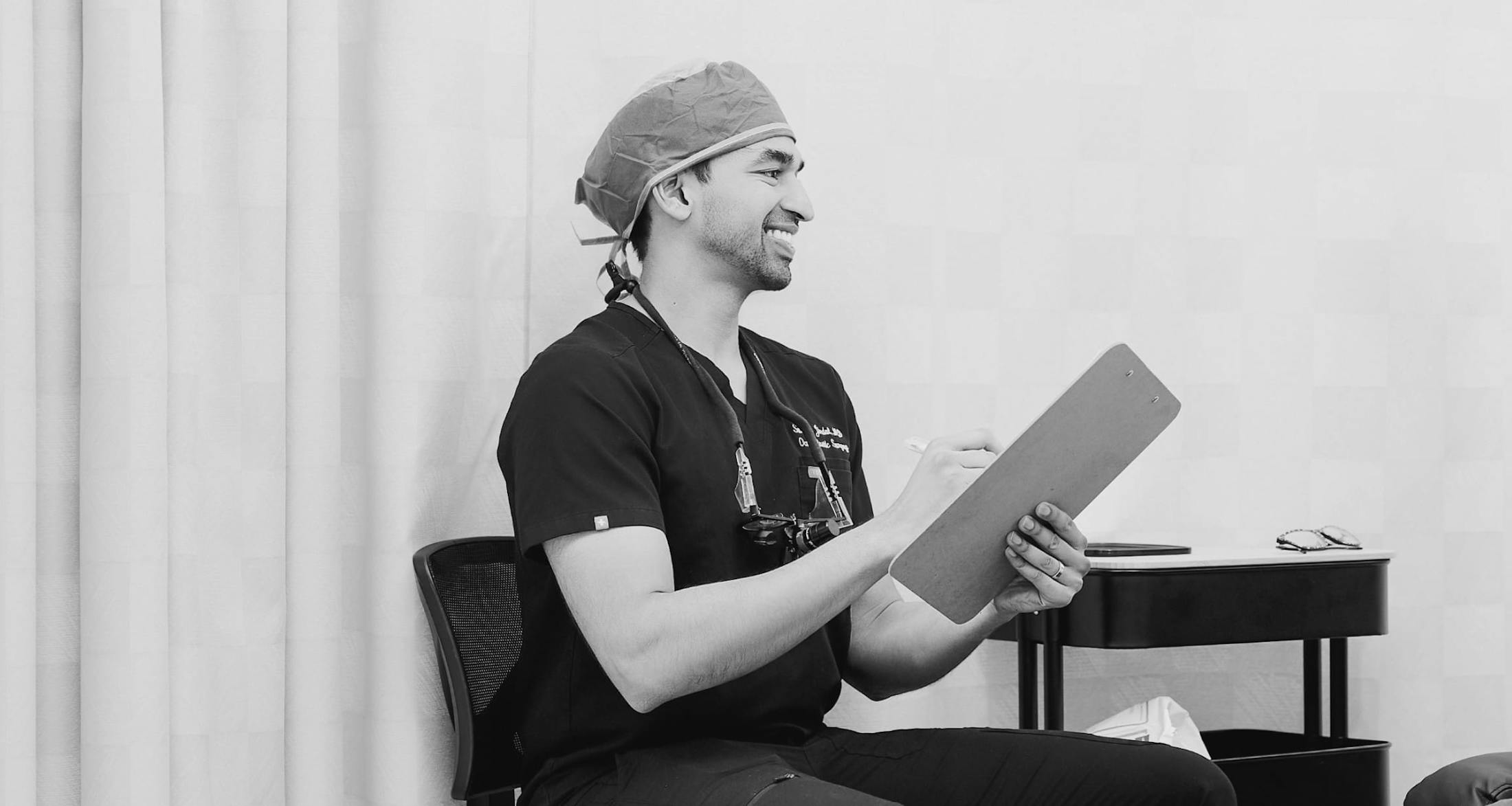Our ophthalmologist is available for retinal tear treatment. Your retina is made up of photosensitive cells that communicate with your brain, thus allowing you to see. It's quite thin and sometimes tears are part of the aging process. A tear will allow fluid to enter the inside of the eye, leading to a retinal detachment. That's why It's vital to have the problem addressed quickly by our retinal surgeon, Dr. Vinod Jindal.
Symptoms of a Retinal Tear
Symptoms of retinal tears include flashes of light in the eye and seeing floaters in your eye. Retinal tears can also cause bleeding into the eye, which causes multiple floaters and vision loss.






